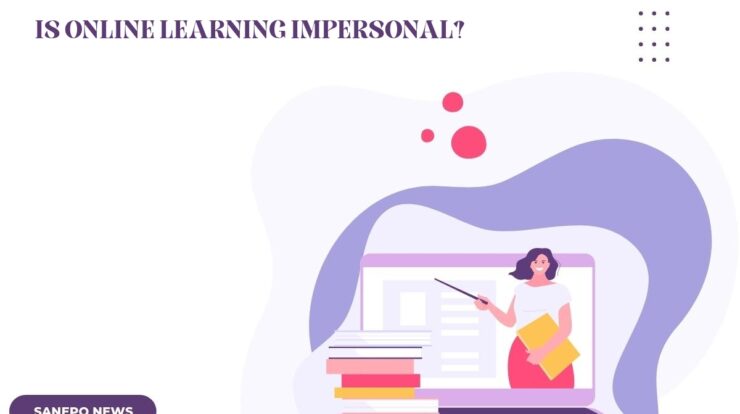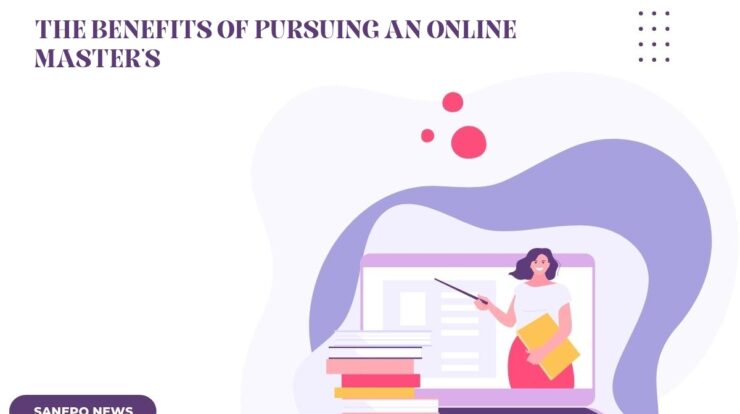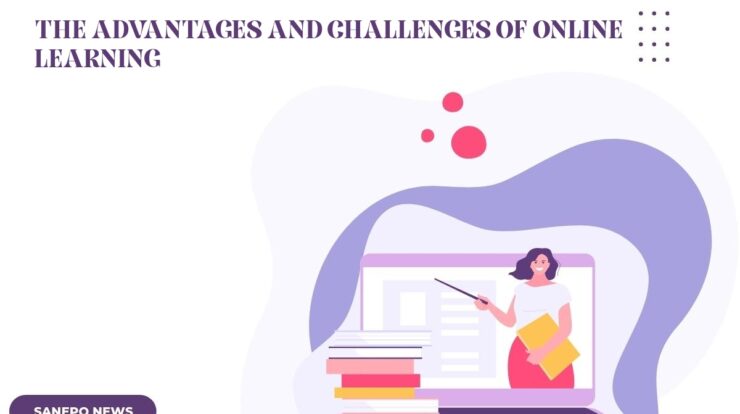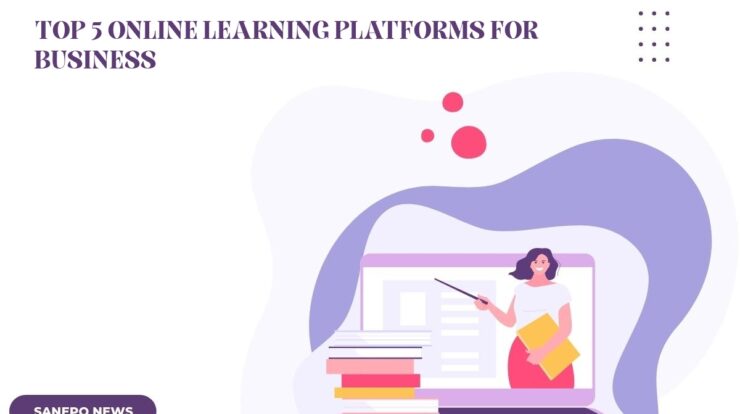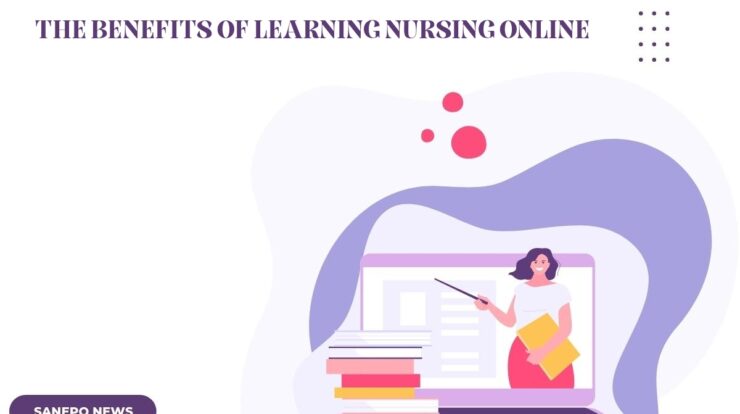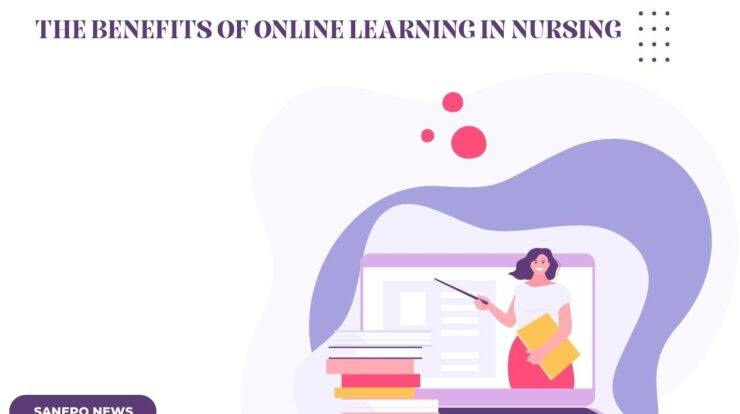
SANEPO – When it comes to learning, one size doesn't fit all. Each individual has their own unique learning style and preferences.
Some people thrive in traditional classroom settings, while others excel in hands-on experiences or online learning platforms.
In this article, we will explore different roads to learning and discuss how understanding these options can help individuals find the most effective ways to acquire knowledge and skills.
Traditional Classroom Learning
Traditional classroom learning has been the primary mode of education for centuries. It involves attending lectures, participating in discussions, and completing assignments under the guidance of an instructor.
While this method offers several benefits, such as face-to-face interaction and immediate feedback, it may not suit everyone's learning style.
Advantages of Classroom Learning
- Personal interaction with instructors and peers facilitates a deeper understanding of the subject matter.
- Structured curriculum and set schedules provide a sense of discipline and routine.
- Opportunities for collaborative learning and group activities enhance teamwork and communication skills.
Limitations of Classroom Learning
- The pace of instruction may not cater to individual learning speeds, leading to either boredom or difficulty in keeping up.
- Some individuals may find it challenging to concentrate in a classroom environment with multiple distractions.
- Limited flexibility in terms of location and schedule can be restrictive for working professionals or individuals with other commitments.
Hands-On Experiences and Experiential Learning
Hands-on experiences and experiential learning emphasize practical application and active engagement.
This approach allows learners to directly interact with the subject matter, encouraging a deeper level of understanding and knowledge retention.
Benefits of Hands-On Experiences
- Learning by doing enhances critical thinking and problem-solving skills.
- Tangible experiences create lasting memories and connections to the learned concepts.
- Immediate feedback and real-world relevance help bridge the gap between theory and practice.
Challenges of Experiential Learning
- Access to resources and opportunities for hands-on experiences may be limited in certain fields or geographic locations.
- Designing and implementing experiential learning activities requires careful planning and coordination.
- Assessment and evaluation of learning outcomes can be more complex compared to traditional forms of assessment.
Online Learning Platforms
The rise of technology has opened up a world of possibilities in education. Online learning platforms offer a flexible and accessible way to acquire knowledge and skills.
From massive open online courses (MOOCs) to specialized training programs, learners can access a vast range of subjects and learn at their own pace.
Advantages of Online Learning
- Flexibility in terms of time, location, and pace of learning allows individuals to fit education into their busy lives.
- Diverse course offerings cater to a wide range of interests and professional needs.
- Interactive multimedia content, discussion forums, and online communities foster collaboration and engagement.
Drawbacks of Online Learning
- Lack of face-to-face interaction and personal guidance from instructors can make it challenging for some individuals to stay motivated and focused.
- The absence of a physical classroom environment may lead to a sense of isolation and reduced social interaction.
- Self-discipline and time management skills are crucial for successful online learning.
Self-Directed Learning
Self-directed learning empowers individuals to take control of their learning journey. It involves setting goals, identifying resources, and managing the learning process independently. This approach encourages autonomy and lifelong learning.
Benefits of Self-Directed Learning
- Tailored learning experiences allow individuals to focus on their specific interests and goals.
- Development of self-motivation, self-discipline, and self-regulation skills.
- Freedom to explore various learning resources, such as books, online articles, and podcasts.
Potential Obstacles of Self-Directed Learning
- Lack of structure and guidance may lead to a scattered or incomplete understanding of the subject matter.
- Maintaining consistent motivation and accountability can be challenging without external support.
- Access to reliable and credible learning resources may require careful evaluation and selection.
Blended Learning Approaches
Blended learning approaches combine different learning methods to create a holistic and personalized learning experience. This approach aims to leverage the advantages of various learning modalities while addressing their limitations.
Combining Different Learning Methods
- Integrating classroom learning with online resources and interactive multimedia content.
- Incorporating hands-on activities and real-world applications into traditional educational settings.
- Designing personalized learning paths that cater to individual strengths and preferences.
Maximizing Learning Outcomes
- Providing multiple avenues for engagement and understanding.
- Adapting instructional strategies based on learner feedback and performance.
- Fostering a collaborative and supportive learning environment.
Learning Styles and Personalization
Understanding different learning styles can help individuals tailor their learning experiences to maximize effectiveness and engagement. Here are three common learning styles:
Visual Learners
Visual learners process information best through visual aids such as diagrams, charts, and images. They benefit from visualizing concepts and seeing information presented in a clear and organized manner.
Auditory Learners
Auditory learners prefer learning through listening and verbal instruction. They retain information best through lectures, discussions, and audiobooks. Reciting information aloud or discussing it with others helps reinforce their understanding.
Kinesthetic Learners
Kinesthetic learners learn best through physical activities and hands-on experiences. They rely on movement, touch, and interaction to understand and remember information. Role-playing, experiments, and interactive simulations are effective learning methods for them.
The Role of Technology in Learning
Technology has revolutionized the way we learn and access information. Various technological tools and platforms enhance the learning experience and open up new possibilities for engagement.
Interactive Learning Tools
- Gamification elements and interactive quizzes make learning engaging and enjoyable.
- Virtual whiteboards and collaborative platforms facilitate group work and knowledge sharing.
- Adaptive learning software customizes the learning experience based on individual progress and needs.
Virtual Reality and Simulations
- Virtual reality (VR) technology allows learners to immerse themselves in realistic simulations and scenarios.
- Simulations provide a safe and controlled environment for practicing skills and decision-making.
- VR and simulations foster experiential learning and enhance knowledge retention.
Cultivating a Growth Mindset
A growth mindset is a belief that intelligence and abilities can be developed through dedication and hard work. Cultivating a growth mindset is crucial for effective learning and personal growth.
Embracing Challenges and Mistakes
- Viewing challenges as opportunities for growth and learning.
- Embracing a positive attitude towards failures and using them as stepping stones for improvement.
- Seeking feedback and actively seeking out new learning experiences.
Persistence and Resilience
- Maintaining perseverance in the face of obstacles and setbacks.
- Developing resilience to bounce back from failures and setbacks.
- Celebrating small victories and acknowledging progress along the learning journey.
Conclusion
In the diverse landscape of education, there are various roads to learning. Recognizing and embracing different learning methods can help individuals discover their optimal path for acquiring knowledge and skills. Whether through traditional classroom learning, hands-on experiences, online platforms, self-directed learning, or a combination of approaches, the key lies in personalization, engagement, and a growth mindset. By leveraging the opportunities offered by technology and cultivating a love for lifelong learning, individuals can embark on a fulfilling and enriching educational journey.
FAQs (Frequently Asked Questions)
1. What is the best learning method?
- The best learning method varies from person to person. It depends on individual preferences, subject matter, and the desired learning outcomes. Exploring different methods and finding what works best for you is key.
2. Can online learning be as effective as classroom learning?
- Yes, online learning can be highly effective. However, success in online learning depends on factors such as self-motivation, time management, and the quality of the online learning platform.
3. How can I determine my learning style?
- You can determine your learning style through self-reflection and observation. Pay attention to how you naturally process and retain information. Visual, auditory, and kinesthetic assessments are also available online.
4. What is the benefit of blended learning?
- Blended learning combines the advantages of different learning methods, creating a more personalized and engaging learning experience. It allows for flexibility, individualization, and a balance between traditional and digital approaches.
5. How can I develop a growth mindset?
- Developing a growth mindset requires self-awareness, embracing challenges, seeking feedback, and cultivating a positive attitude towards learning and personal growth.
***

